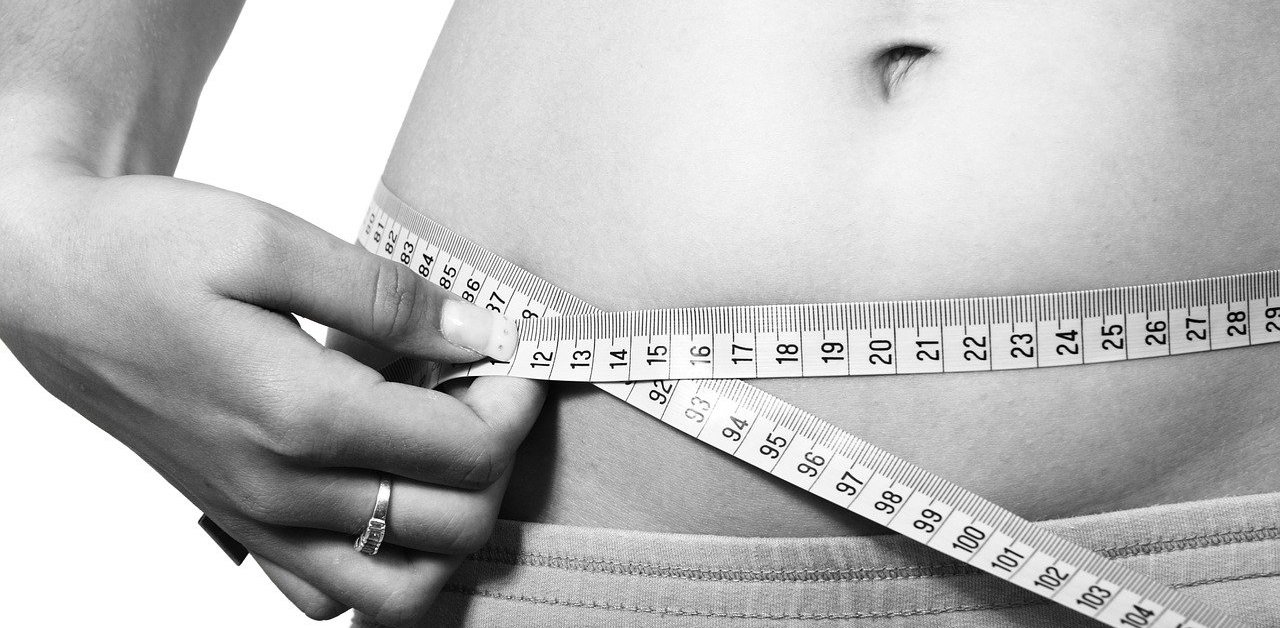Did you ever wonder if your fitness was actually improving?
Sometimes the day to day training just turns into a blur and it’s hard to be sure that you’re actually making progess or not.
In this article, I’m going to share with you the 4 best ways to easily track your fitness progress.
I will also explain why all these tracking techniques are important, and why you can’t just rely on one or two of them.
Now let’s get to it.
Training hard is important, but you also want to make sure that you’re truly improving.
Otherwise, you might be wasting precious energy and time on a training routine that just aren’t worth it.
Without waiting any further, here are the 4 best ways to easily track your fitness progress.
1) Body Measurements
This is one of the top tracking techniques that I’m going to talk about today, so make sure you pay close attention.
As you start and maintain an exercise routine, you body shape will change.
It’s important to keep track of those changes over time to know exactly where you’re making progress, and what areas still need some work.
For example of you’re working on gaining upper body size, measuring your arms (both flexed and relaxed), your chest, your shoulder and your upper chest will give you a good idea of how much progress you’re making in this area.
As a general rule, I’d recommend that you measure yourself every 8 weeks. If your body tends to adjust really quickly to exercise, you might be able to do it every 4 or 6 weeks.
With my clients, I use all of the following body measurements:
Neck
Shoulders
Biceps (flexed and relaxed)
Upper chest (under armpits)
Chest (at nipple height)
Waist (at belly button)
Hips (widest point)
Upper thighs
Lower thighs (4 inches above the knee)
Calves
Bodyweight
If you work with a personal trainer, ask him or her to do it with you. Otherwise, you can simply do it at home.
Make sure you don’t wear too much clothing when measuring yourself so that you get precise numbers.
And before we move on to our second tracking technique, I want to note that bodyweight isn’t as important as everybody makes it to be. It’s really just another body measurement.
If you’re gaining muscle mass and losing body fat, the weight on the scale might not change, but your body is actually transforming dramatically.
So keep an eye on bodyweight, but don’t lose any sleep over it.
Let’s move on to number 2
2) Progess Pictures
Because you live with your body every day, it’s sometimes hard to really see it changing. Just like body measurements, progress pictures will show you how your body changes over time in the most objective way possible.
Take progress pictures in your underwear preferably standing in front of a white wall and always use the same background for future shots.
Take pictures from the front, from both sides, and from the back. Have someone help you with the shots or use the countdown on your camera to do it on your own.
Repeat every 8 weeks just like you’ll do with the body measurements.
3) Clothing
How do your clothes fit?
Clothes are a good indication of change in the body shape and in size.
If you’re gaining in upper body muscle mass, your shirts will fit tighter.
If you’re losing weight around your mid-section, it’s possible that your pants start felling a bit big. If you’re finding yourself using a smaller belt notch after a while, you’re on the right track.
As your body transforms, you’ll also start to get comments from your co-workers, friends and close ones about how different you look.
Be aware of these comments when they come your way – even if you don’t feel like you’re progressing, others are noticing it, and that’s a great thing!
4) Gym Metrics
When I’m working with my personal training clients, I always make sure that we are tracking at least 3 exercises, preferably ones that are linked to their fitness goals.
We will regularly test these exercises to see what progress they’re making.
So if you have specific goals, pick 3-5 exercises that are relevant to you. If you’re not training toward anything in particular, pick 3-5 exercises that you like.
For beginners, I usually recommend two upper body exercises, one lower body exercise, one core exercise and one cardio test.
These could for example be a 10RM bench press (DB or barbell), a 10RM dumbbell row, a 10RM on a squatting exercise, a max plank hold, and a 6:00 effort on a stationary bike or an air bike for max distance or max calories.
At the beginning of the program, establish a baseline on all of those exercises.
This will give you a great starting point.
Then, test these exercises at regular interval to see if you’re moving the needle and getting fitter.
Should You Use All Of These Fitness Tracking Methods?
Now let’s talk about why it’s important to track multiple metrics of progress and not just one or two of them.
The road that will lead you to your goals is often longer than you think and it’s inevitable that you’ll get a little lonely and sometimes lose motivation along the way.
If you’re only tracking, let’s say, your bodyweight and that it stops improving for a certain period of time, you could be tempted to give up.
But if you track multiple metrics at regular intervals, you’ll always see the needle moving somewhere, even if it’s not on the one exercise or measurement you’re focused on.
By using all 4 of these tracking methods, you will stick to your program long term, which is the biggest variable for success. When it comes to fitness, consistency wins every time.
Question of the day:
What fitness goal are your aiming at, and what metrics are you tracking currently? Leave your answer in the comments below!
